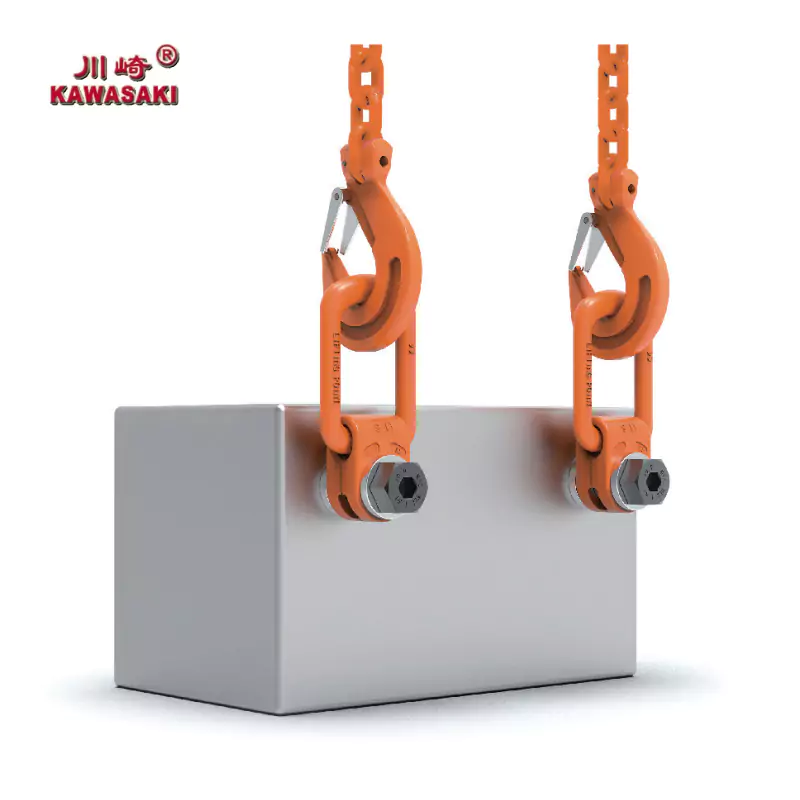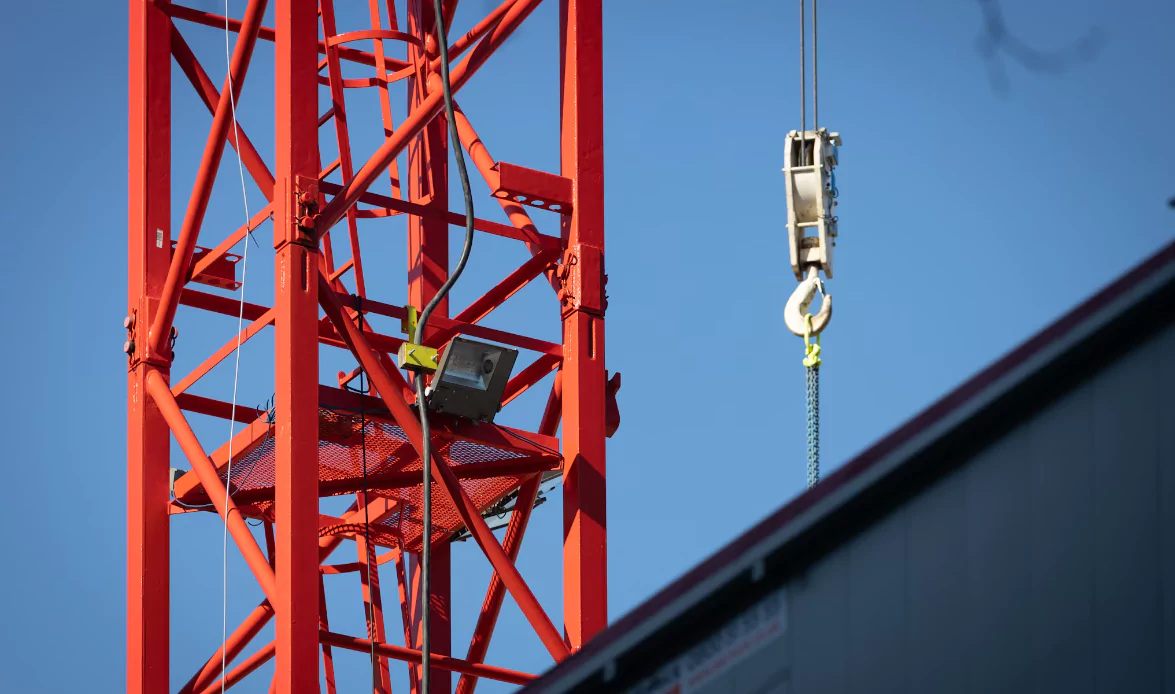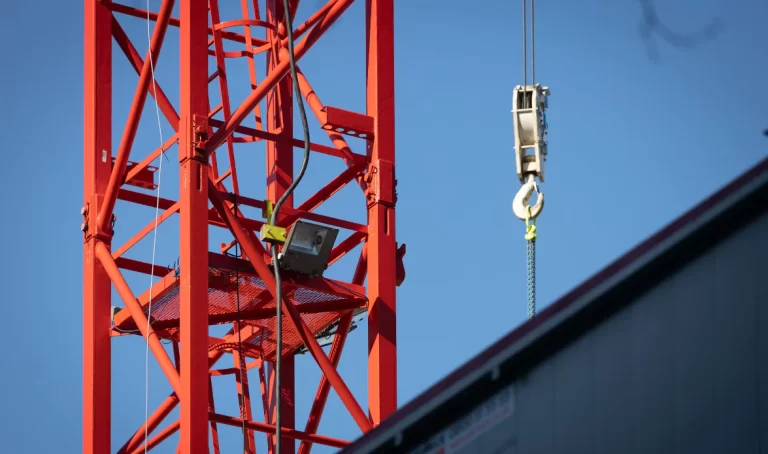Rigging Hardware
Definition of Rigging Hardware
Rigging hardware encompasses a wide array of tools and components used primarily to lift, secure, and move heavy loads. This can include anything from simple hooks and chains to more complex devices like shackles and swivels. Typically employed in maritime, construction, and industrial sectors, rigging hardware is crucial for facilitating safe and efficient lifting operations. These components are expertly designed to bear significant weight and withstand challenging conditions, making them indispensable in any setting where heavy lifting is required.
Importance in Various Industries
The importance of rigging hardware cannot be overstated in industries that depend on effective material handling and logistics. In the maritime industry, for example, rigging hardware is essential for securing cargo and ensuring safe transport across rough seas. In construction, these components are used to lift heavy materials like steel beams and concrete slabs, making it possible to erect buildings and other structures efficiently. Industrial settings also benefit significantly from rigging hardware, which helps to move machinery and equipment safely, thereby minimizing the risk of accidents and improving operational efficiency. By understanding the significance of rigging hardware, businesses can better appreciate its role in ensuring safety and productivity.
Types of Rigging Hardware
Lifting Equipment
Rigging hardware comes in various types, each designed for specific lifting requirements. Among these are shackles and hooks, which play vital roles in secure and efficient lifting operations.
Shackles
Shackles are versatile connectors that come in various shapes like D-shackles and bow shackles. They are used to connect different rigging components and can handle substantial loads. The design of shackles allows for easy assembly and disassembly, making them highly convenient for various lifting tasks. Whether used in maritime settings for mooring small boats or in construction sites for lifting heavy beams, shackles are indispensable elements of rigging hardware.
Hooks
Hooks, often made from high-strength steel, are another critical type of rigging hardware. Used predominantly in lifting and moving operations, hooks come in different configurations such as grab, slip, and self-locking hooks. These variations allow for different levels of security and control, depending on the specific requirements of the job. The reliability and strength of hooks make them essential for a wide range of applications, from lifting crates in warehouses to hoisting steel beams on construction sites.
Connecting Links
Connecting links are another essential category of rigging hardware, providing the interconnections necessary to assemble a complete rigging system.
Swivels
Swivels are particularly useful in situations where rotation of the load is required without twisting the rigging line. These components come in different sizes and configurations to accommodate various load capacities. Swivels are commonly used in industries where precise positioning of loads is critical, such as maritime operations and construction hoisting.
Chains
Chains are perhaps one of the most recognized forms of rigging hardware. Made from high-strength steel, rigging chains come in various grades and sizes to meet specific requirements. Chains are incredibly versatile, used in applications ranging from lifting and towing to securing loads. Their robustness and load-bearing capabilities make them indispensable in many industrial settings.
APOLLO
One of the standout features of APOLLO‘s electric hoists is their advanced technology. Equipped with intelligent control systems, these hoists offer remote operation and monitoring capabilities, providing operators with greater flexibility and control. This is particularly beneficial in complex construction environments where precision and safety are paramount.
Moreover, APOLLO’s electric hoists are designed with durability in mind. Constructed from high-quality materials, they are built to withstand the rigors of demanding industrial applications. This ensures a longer service life and reduces the need for frequent maintenance, thereby lowering operational costs.
In addition to their technical prowess, APOLLO also offers a variety of packaging options to suit different logistical needs, including paper packaging, wooden box packaging, and barrel packaging. This attention to detail further underscores their commitment to providing comprehensive solutions that cater to the unique requirements of their clients.

Materials Used in Rigging Hardware
Steel
Steel is one of the most commonly used materials in the manufacture of rigging hardware due to its superior strength and durability. Steel components, such as chains, hooks, and shackles, can handle substantial loads and withstand harsh environments, making them ideal for heavy-duty applications. Furthermore, steel is highly resistant to wear and tear, which ensures that the rigging hardware remains functional and safe over an extended period. The versatility of steel allows it to be used in a wide range of settings, from maritime to construction to industrial environments.
Aluminium
Aluminium is another popular material used in rigging hardware, particularly for applications where lightweight components are desirable. Despite being lighter than steel, aluminium still offers considerable strength and durability, making it suitable for various lifting and securing tasks. Aluminium components are resistant to corrosion, which is a significant advantage in maritime and outdoor applications. This material is often used in the construction of pulleys, karabiners, and other connecting devices where reduced weight can enhance efficiency and reduce operator fatigue.
Synthetic Materials
Synthetic materials, such as high-strength polymers, are increasingly being used in the manufacture of rigging hardware. These materials offer several advantages, including lower weight and resistance to corrosion, chemicals, and extreme temperatures. Synthetic ropes, slings, and straps are commonly used in applications where the flexibility and reduced weight can provide operational benefits. Despite their lighter weight, these synthetic materials still offer exceptional tensile strength and durability, making them a viable alternative to traditional materials like steel and aluminium.
Key Features to Consider
Load Capacity
Load capacity is perhaps the most crucial feature to consider when selecting rigging hardware. Each component must be capable of handling the maximum expected load to ensure safety and reliability. Overloading can lead to equipment failure and potentially hazardous situations. Therefore, it’s essential to calculate the working load limit (WLL) and ensure that all rigging hardware chosen can comfortably support this. Understanding the load capacity requirements for your specific application will help you select the appropriate equipment and prevent accidents and inefficiencies.
Durability
Durability is another key consideration when choosing rigging hardware. Components that are exposed to harsh environments or frequent use must be capable of resisting wear and tear. High-quality materials like steel and aluminium are known for their durability, but synthetic materials can also offer exceptional longevity. Assessing the environmental conditions and expected usage can help in selecting rigging hardware that will provide long-term reliability and performance. Durable equipment not only ensures safety but also reduces the frequency of replacements, thereby saving costs in the long run.
Safety Standards
Adherence to safety standards is non-negotiable when it comes to rigging hardware. Various global and regional standards, such as those set by the Occupational Safety and Health Administration (OSHA) and the International Organization for Standardization (ISO), provide guidelines for the manufacture and usage of these components. Ensuring that the rigging hardware meets or exceeds these standards guarantees that it has undergone rigorous testing and is safe for use. Always check for certifications and compliance labels when selecting your equipment to ensure that you are meeting all necessary regulatory requirements.

Applications of Rigging Hardware
Maritime Industry
Rigging hardware plays an indispensable role in the maritime industry. Components like shackles, chains, and hooks are used to secure cargo, anchor vessels, and tow equipment. The harsh marine environment demands high-strength, corrosion-resistant materials, making stainless steel and galvanized steel popular choices. Proper rigging ensures the safety of crew and cargo, contributing to smooth and efficient maritime operations. From fishing vessels to large cargo ships, the importance of reliable rigging hardware in maritime applications cannot be overstated.
Construction Sector
In the construction sector, rigging hardware is essential for lifting and positioning heavy materials and equipment. Shackles, hooks, and chains facilitate the movement of steel beams, concrete slabs, and other substantial construction materials. Safety and precision are paramount in this industry, necessitating high-quality, durable rigging components. The use of advanced devices, such as APOLLO’s electric hoists, further enhances operational efficiency by offering remote control and precise load placement. Rigging hardware enables the construction industry to achieve milestones safely and efficiently.
Industrial Settings
Industrial settings, including manufacturing plants and warehouses, rely heavily on rigging hardware for various material handling tasks. From moving heavy machinery to hoisting industrial equipment, components like hooks, chains, and swivels are indispensable. These environments often involve repetitive and heavy-duty usage, necessitating robust and durable rigging solutions. Compliance with safety regulations and regular maintenance are essential to ensure the longevity and safety of the equipment. Rigging hardware in industrial settings enhances operational efficiency and minimizes downtime, thereby contributing to overall productivity.
Maintenance and Safety Tips
Regular Inspections
Regular inspections are crucial for maintaining the safety and efficiency of rigging hardware. Components should be routinely checked for signs of wear, corrosion, and damage. Any compromised equipment must be replaced immediately to avoid hazardous situations. Additionally, keeping detailed inspection logs can help in tracking the condition of the equipment and scheduling timely replacements. Conducting these inspections not only ensures the longevity of the rigging hardware but also guarantees the safety of operations.
Proper Usage Guidelines
Following proper usage guidelines is essential for the safe and effective use of rigging hardware. All personnel should be adequately trained in the correct use of each component, understanding the load limits and specific functions. Overloading and misuse can lead to equipment failure and accidents. Additionally, adhering to operational procedures and safety protocols minimizes the risk of mishaps and enhances the efficiency of lifting operations. Proper usage extends the life of the rigging hardware and ensures a safe working environment.
Expert Recommendations for Choosing Rigging Hardware
Consulting with experts when selecting rigging hardware can provide valuable insights and ensure that you choose the most suitable components for your specific needs. Experts can offer recommendations based on industry standards, load requirements, and environmental conditions. They can also suggest the most durable and cost-effective materials to meet your operational needs. Leveraging the expertise of professionals can help in making informed decisions, thereby enhancing safety, efficiency, and overall productivity in material handling and lifting operations.


